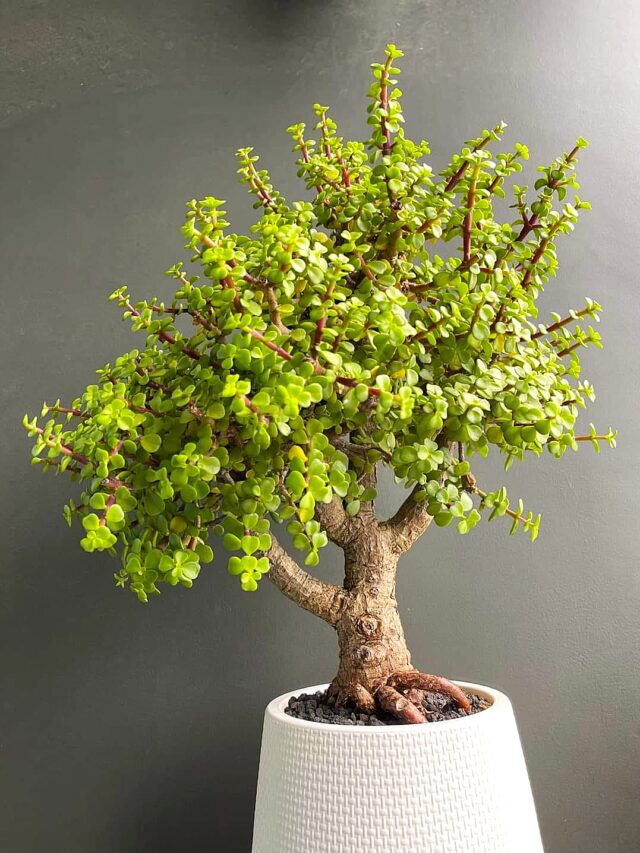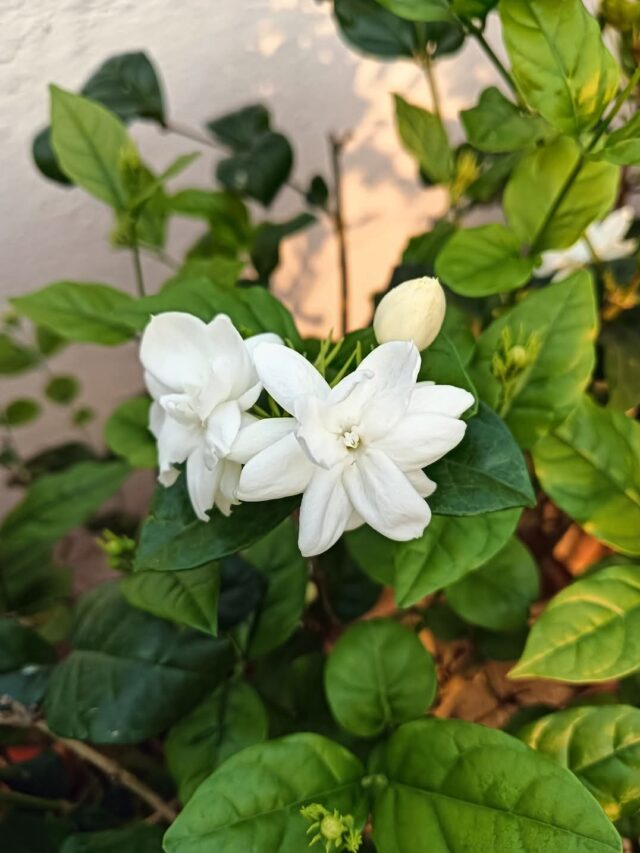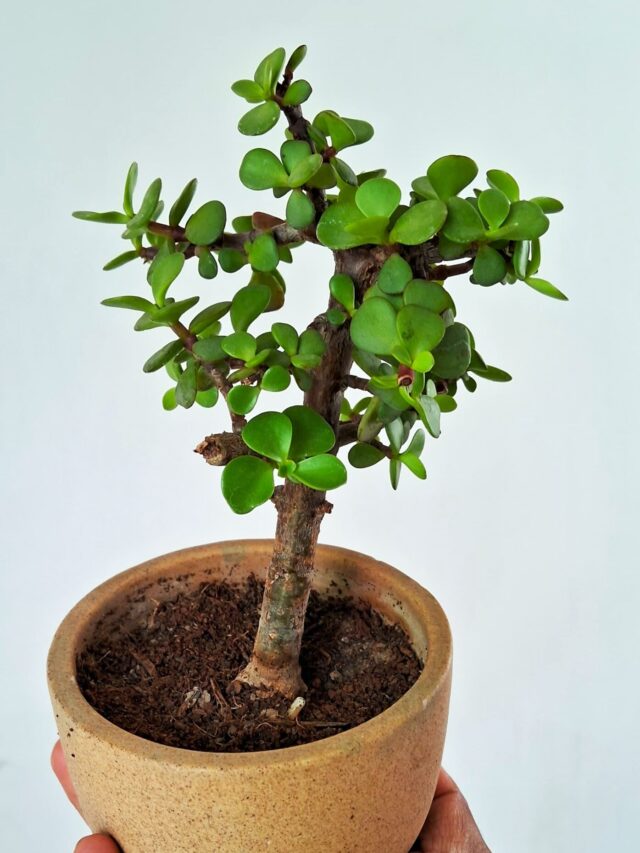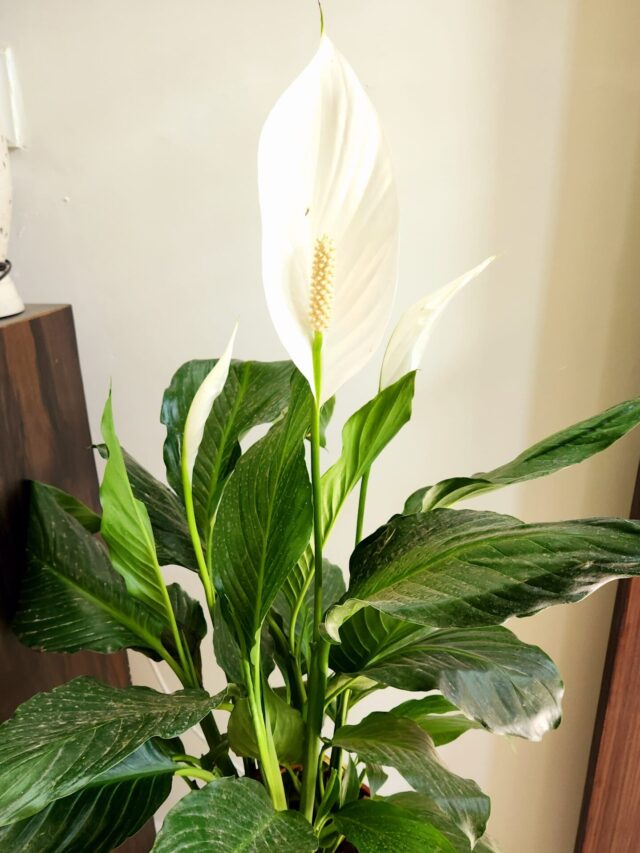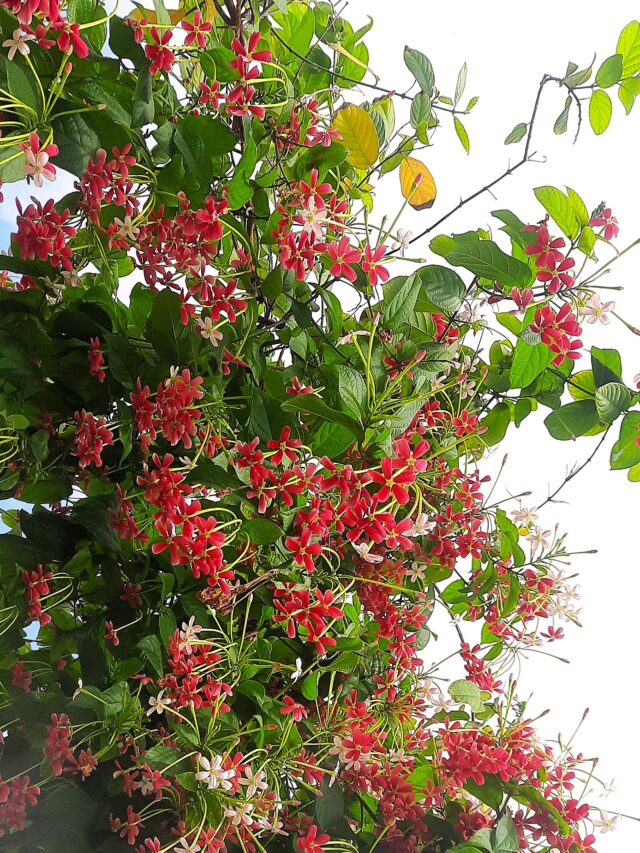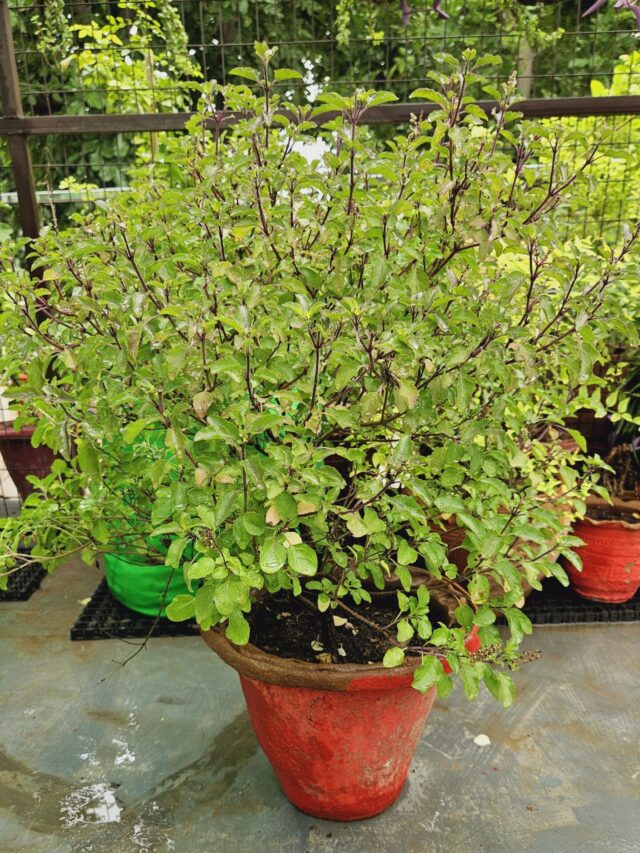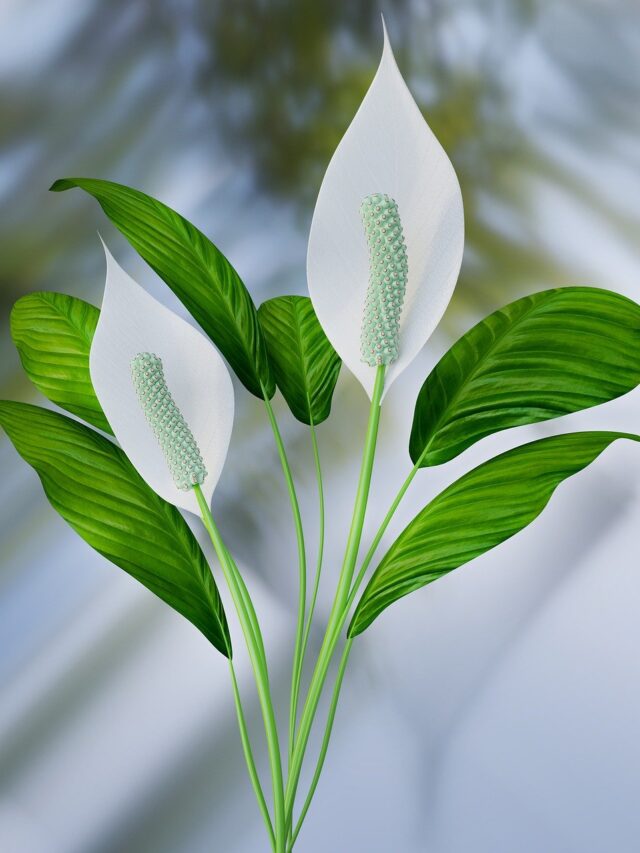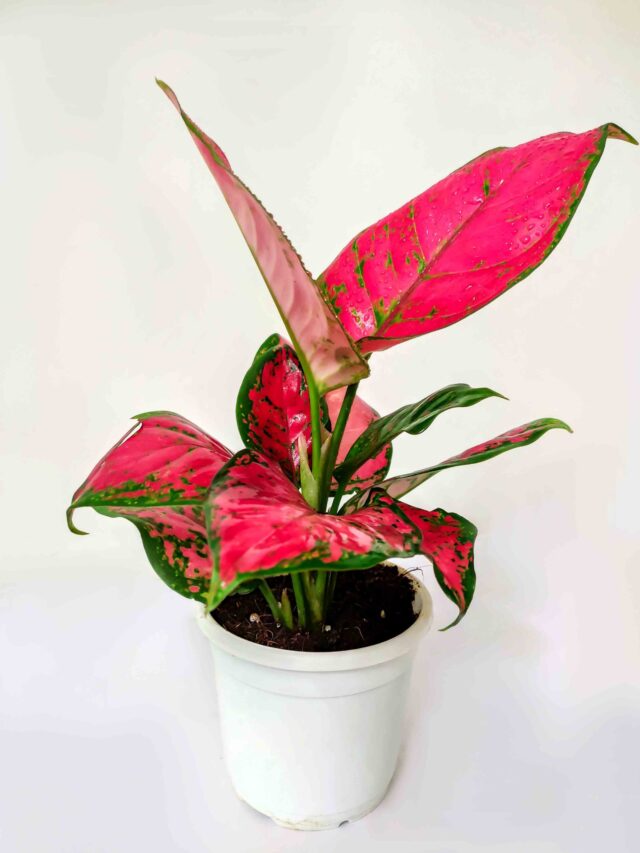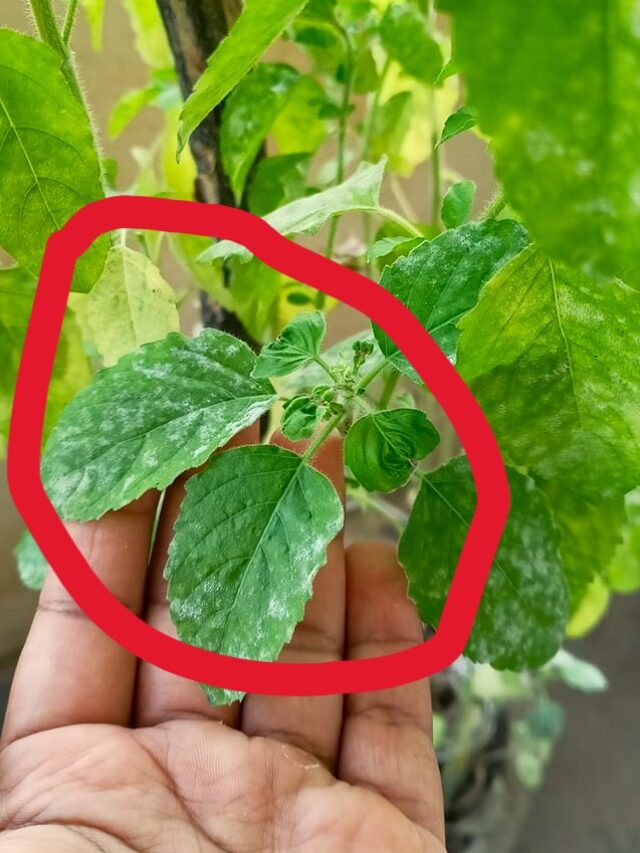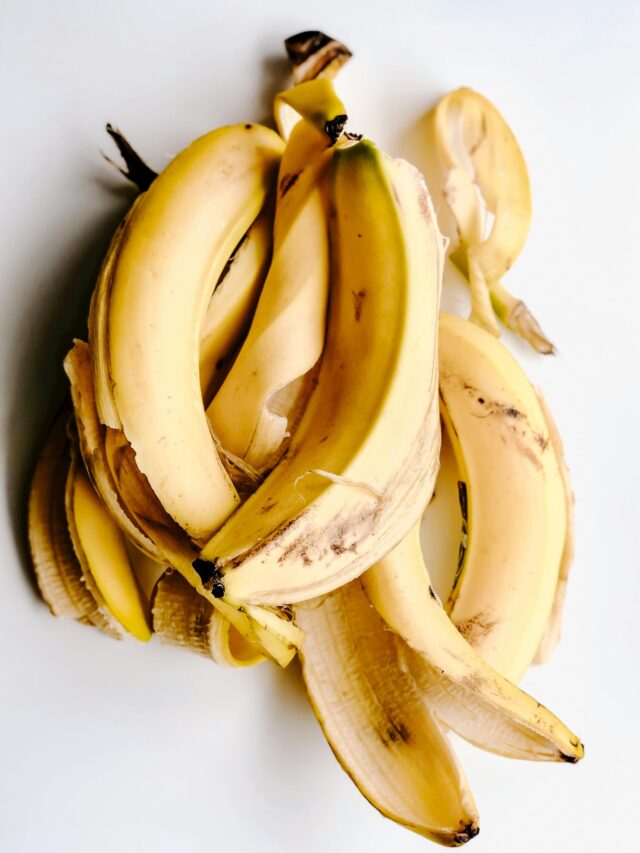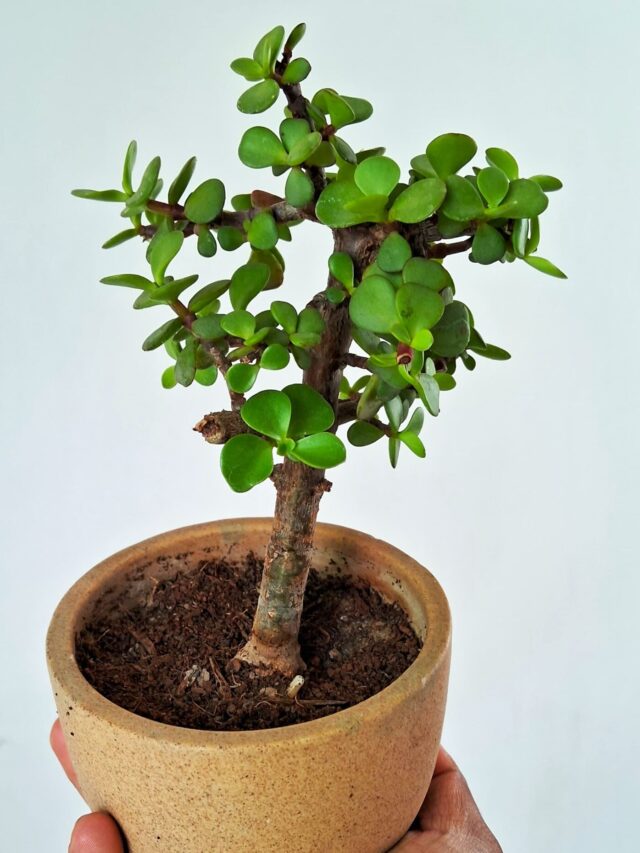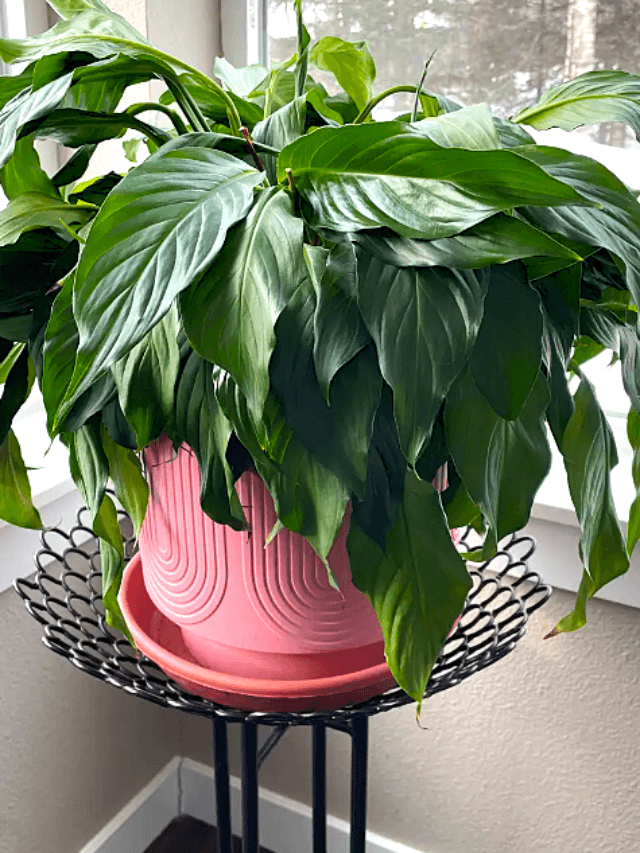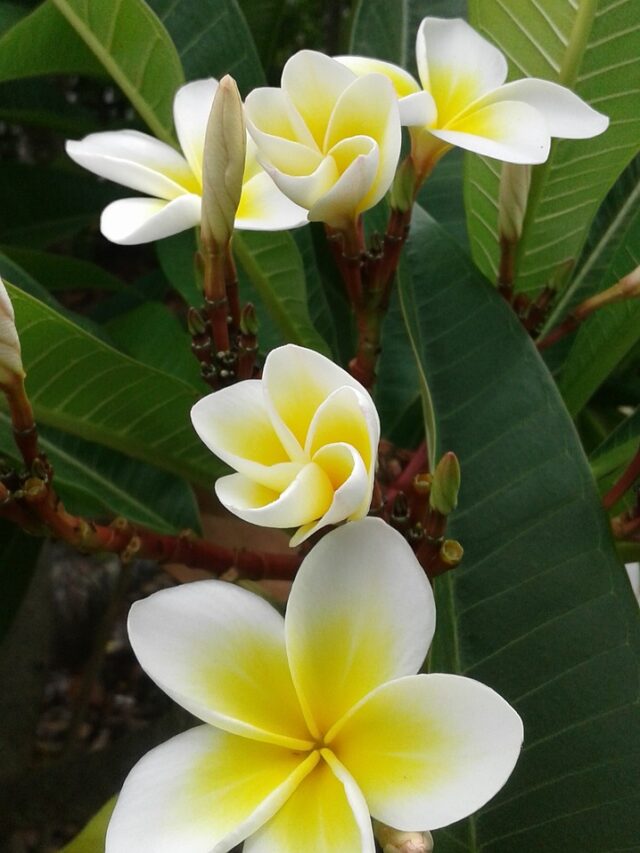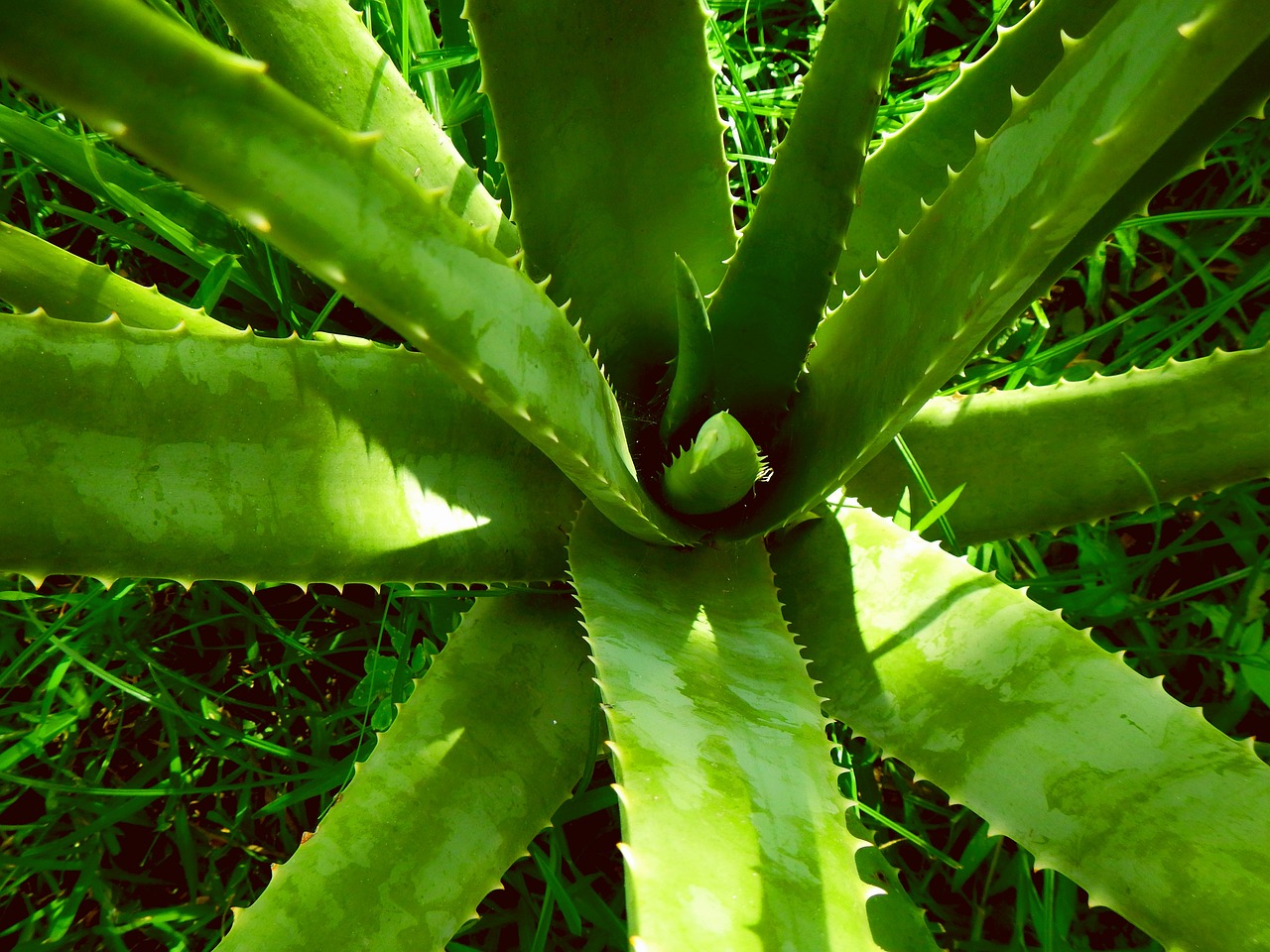Soil Mixture for Aloe Vera Plant
Aloe Vera, known for its numerous health and skincare benefits, is a resilient plant that can thrive in various conditions. However, to ensure optimal growth and health, selecting the right soil mixture is crucial.
In this comprehensive guide, we will delve into the best soil mixture for Aloe Vera plants, ensuring they flourish and thrive in your care.
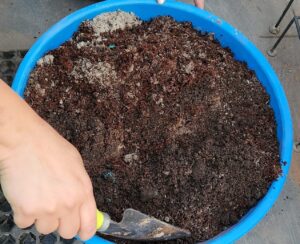
Understanding Aloe Vera’s Soil Needs
Aloe Vera’s Adaptability
Aloe Vera is renowned for its ability to adapt to different environments.
- While it can survive in various soil types, it thrives best in well-draining, porous soil that allows for proper root aeration.
Avoid Clayey Soil
Given Aloe Vera’s xerophytic nature, clayey soil, which tends to compact and retain water, is unsuitable. It inhibits proper drainage and can lead to root rot, hampering the plant’s growth.
Components of the Ideal Soil Mixture
Soil Collection and Preparation
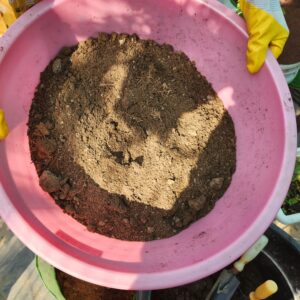
Begin by collecting soil from your local surroundings.
- Ensure to sieve and clean it thoroughly, removing any debris such as plastic or glass pieces.
Adding Sand

Next, add grey-colored construction sand to the soil mixture, comprising approximately one-third of the total volume.
- Sand aids in improving drainage and preventing soil compaction.
Utilizing Compost

Incorporate compost into the mixture, using an amount nearly equal to or slightly less than the quantity of sand.
- Compost enriches the soil with essential nutrients, fostering healthy growth.
Considering Coco Peat (Optional)

While Aloe Vera inherently retains water, coco peat can be beneficial, especially if the plant is exposed to prolonged sunlight.
- Add coco peat in moderation, around one-fourth of the soil volume, to enhance moisture retention.
Neem Cake Powder for Pest Prevention

To safeguard the plant’s roots from pests, fungi, and bacteria, incorporate a small amount of neem cake powder into the soil mixture.
- Neem cake powder acts as a natural deterrent, promoting the plant’s overall health.
Minimal Fertilizer Requirement
Aloe Vera typically does not require additional fertilizer. However, if necessary, opt for liquid fertilizer sparingly.
- Excessive fertilizer can lead to nutrient imbalances and affect the plant’s growth.
Proper Mixing Technique

Thoroughly blend all the ingredients to create a porous soil mixture. The resulting mixture should be loose and crumbly, ensuring optimal drainage and root aeration.
Caring for Your Aloe Vera Plant
Ensuring Adequate Sunlight
Place your Aloe Vera plant in a location with ample sunlight exposure, preferably receiving 5-7 hours of sunlight daily.
- Adequate sunlight is essential for the plant’s photosynthesis and overall growth.
Watering Tips for Aloe Vera

Due to its succulent nature, Aloe vera requires minimal watering.
- Overwatering can lead to root rot, so it is essential to allow the soil to dry out between watering sessions.
- Aim for infrequent but deep watering, ensuring the soil is completely dry before the next watering to promote healthy growth.
Conclusion
Selecting the right soil mixture is paramount for the health and vitality of your Aloe Vera plants. By adhering to the guidelines outlined in this article, you can create an optimal soil blend that promotes robust growth, ensuring your Aloe Vera thrives in its environment.
FAQs on Soil Mixture for Aloe Vera Plant
1. Can I use garden soil for my Aloe Vera plant?
Ans: While garden soil can be used, it’s essential to ensure it’s well-draining and free from contaminants.
2. How often should I water my Aloe Vera plant?
Ans: Water your Aloe Vera plant sparingly, allowing the soil to dry out between watering sessions to prevent root rot.
3. Is fertilization necessary for Aloe Vera plants?
Ans: Aloe Vera typically does not require additional fertilization, but if needed, opt for minimal amounts of liquid fertilizer.
4. Can I use perlite instead of sand in the soil mixture?
Ans: Yes, perlite can be used as an alternative to sand to improve soil drainage and aeration.
5. What are the signs of overwatering in Aloe Vera plants?
Ans: Overwatering can cause the plant’s leaves to become soft and mushy, indicating root rot. Ensure proper drainage to prevent this issue.
Happy Gardening!!
Make Your Own Garden!

